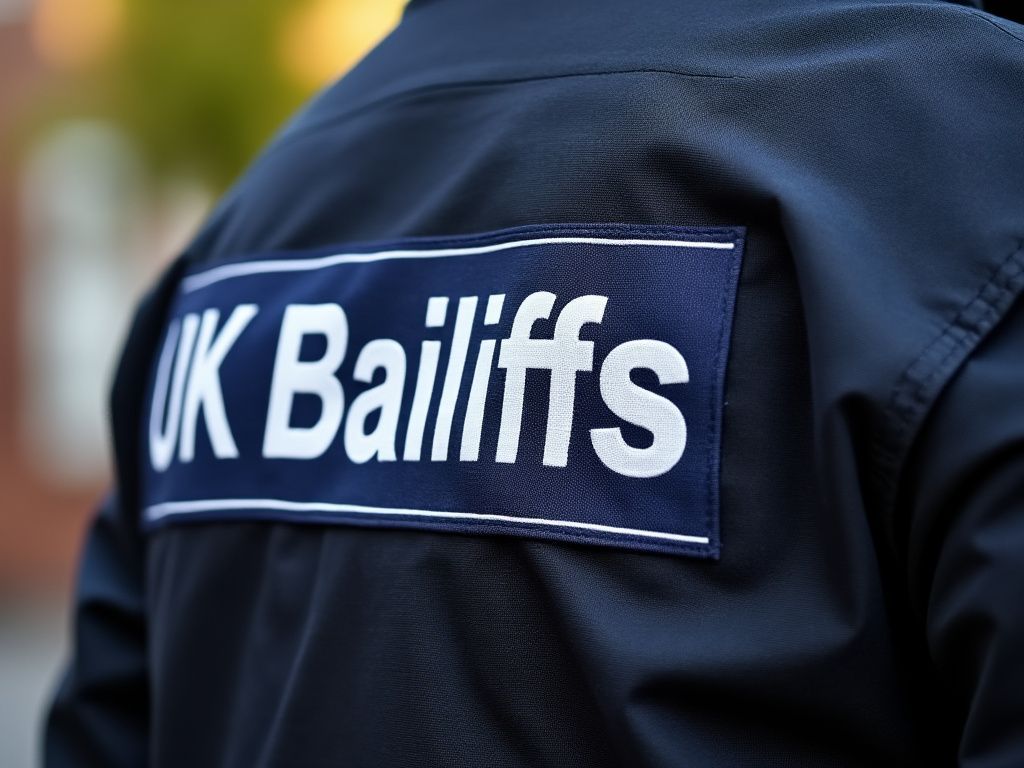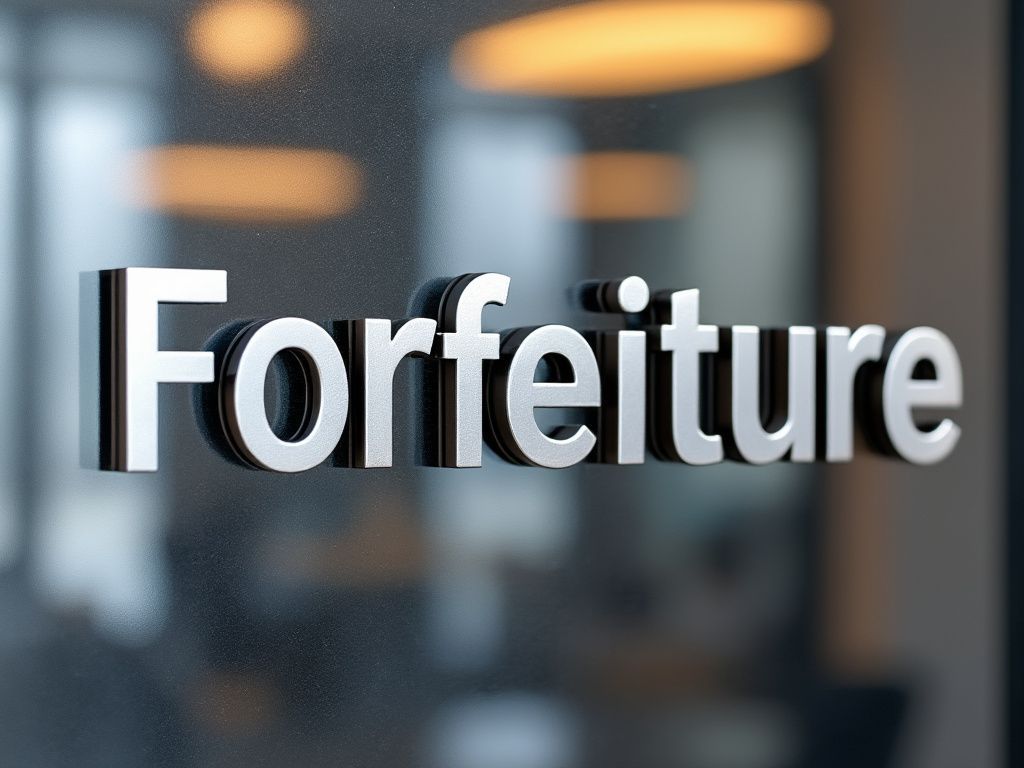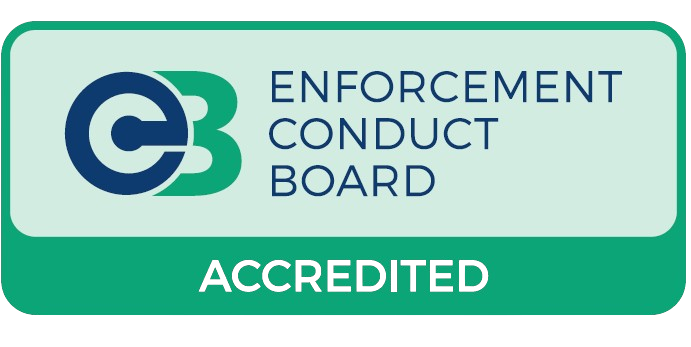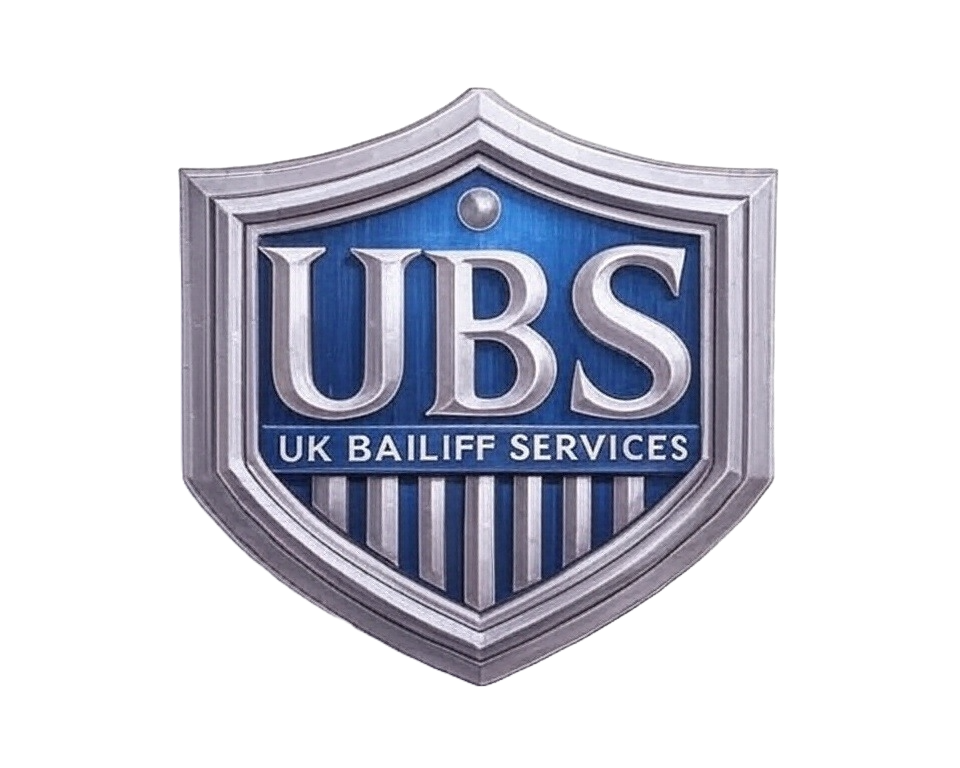NEWS and Updates
Securing Goods for CRAR: A Legal Step, Not a Lease Forfeiture
When commercial tenants fail to pay rent arrears, landlords rely on Commercial Rent Arrears Recovery (CRAR) to recover debts without court involvement. A key step, when payment isn’t forthcoming, is securing goods on site for potential sale—a process UK Bailiff Services Limited executes lawfully using notices like the one posted at properties. This action requires initial peaceful entry and taking control of goods by our certificated enforcement agents (EAs) before premises can be secured. Importantly, it does not constitute a forfeiture of the lease. Let’s clarify the legislation, the notice’s purpose, and why CRAR is distinct from lease forfeiture, including how forcible re-entry is permitted under specific conditions.
CRAR and Securing Goods: The Legal Framework
CRAR, introduced by the Tribunals, Courts and Enforcement Act 2007 (TCEA), allows landlords of commercial premises to recover rent arrears by instructing certificated EAs to take control of a tenant’s goods and, if necessary, sell them. Governed by Part 3, Sections 72–87 of the TCEA and the Taking Control of Goods Regulations 2013, CRAR is tightly regulated (Tribunals, Courts and Enforcement Act 2007). Key requirements include:
- Commercial Tenancies: Applies only to commercial leases, not residential or mixed-use.
- Rent Arrears Only: Targets unpaid rent, interest, and VAT, excluding other debts like service charges.
- Seven-Day Notice: Requires a Notice of Enforcement, giving tenants seven clear days to pay or negotiate.
- Certified Agents: Only certificated EAs, like those at UK Bailiff Services Limited, can act.
If tenants don’t pay after the notice period, our EAs will initially attempt to negotiate payment. If this fails, they can remove goods for sale at auction or secure goods on site for sale at a later date.
Peaceful Entry and Taking Control: Prerequisites for Securing Premises
Securing goods under CRAR is a precise process that begins with initial peaceful entry and taking control of goods. The TCEA and Taking Control of Goods Regulations 2013 outline these mandatory steps:
- Initial Peaceful Entry: Under Section 76(1) of the TCEA, EAs must enter the premises lawfully and non-forcibly, typically through an open door, unlocked gate, or with tenant permission. Forced entry (e.g., breaking locks) is prohibited for the initial entry without a court order, ensuring compliance with tenant rights and public order [].
- Taking Control of Goods: Before securing the premises, EAs must take control of goods (e.g., by listing, tagging, or removing them), as required by Regulation 15 of the Taking Control of Goods Regulations 2013. This establishes legal control over the tenant’s assets.
Only after these steps can EAs secure the premises, as permitted by Regulation 16(1)(d), which allows:
- Locking or sealing the premises, if used solely for trade or business (e.g., shops, offices, warehouses).
- Preventing unauthorized access to protect goods until the debt is paid or goods are sold.
Forcible Re-Entry: Permitted with Notice
Once EAs have gained initial peaceful entry and taken control of goods, they may re-enter the premises forcibly if needed, provided specific conditions are met. Under Paragraph 19A(1)(d) of Schedule 12 to the TCEA and Regulation 29 of the Taking Control of Goods Regulations 2013, EAs must:
- Leave a Notice of Intention to Re-enter Premises, giving the tenant at least two clear days’ notice before re-entry.
- Ensure the initial entry was peaceful, establishing legal access to the premises.
This notice allows EAs to use reasonable force (e.g., with a locksmith) to re-enter, for example, if the tenant changes locks after the initial visit. This provision, clarified in Regulation 29, ensures EAs can maintain control of goods without needing a court order for re-entry, provided the process began lawfully []. At UK Bailiff Services Limited, our EAs strictly adhere to these rules, ensuring all entries and re-entries comply with the TCEA.
Our CRAR notice, posted at the property, reflects this legal process:
“These premises have been secured under Taking Control of Goods Regulations 2013 on behalf of the Landlord… An enforcement agent may secure the goods by securing the whole of the premises, where the premises are occupied solely for the purpose of a trade or business. It is an offence to enter these premises without the permission of the landlord or UK Bailiff Services.”
The notice serves three critical functions:
- Legal Compliance: Confirms initial peaceful entry, goods control, and premises securing under Regulation 16, making unauthorized entry an offence.
- Debt Recovery Prompt: Urges tenants to settle arrears to avoid goods sales, often resolving cases quickly.
- Transparency: Provides our contact details
Securing Goods Does Not Constitute Forfeiture
Tenants often fear that securing goods under CRAR means their lease is forfeited—terminating their tenancy. This is incorrect, and the distinction is clear:
- Securing Goods for CRAR:
- Purpose: To recover rent arrears by taking control of goods after peaceful entry, as authorized by the TCEA.
- Process: Involves a seven-day Notice of Enforcement, peaceful initial entry, goods control, premises securing, and, if unpaid, potential sale. Forcible re-entry is permitted with a Notice of Intention to Re-enter Premises after initial peaceful entry.
- Impact on Lease: The lease remains intact. Tenants can continue their tenancy by paying arrears or after goods are sold to cover the debt.
- Lease Forfeiture:
- Purpose: To terminate the lease and reclaim the property due to a breach (e.g., unpaid rent, covenant violations).
- Process: Requires a court order or peaceable re-entry (per lease terms) and a formal notice (e.g., Section 146 notice under the Law of Property Act 1925). The landlord evicts the tenant, ending the tenancy.
- ** IMPACT on Lease**: Nullifies the tenant’s leasehold rights, returning possession to the landlord.
- Legislation: Governed by the Law of Property Act 1925, common law, and lease clauses, often requiring judicial proceedings.
When UK Bailiff Services Limited secures goods on site and posts a notice, we are not forfeiting the lease. We act under Regulation 16(1)(d) after peaceful entry and goods control, with forcible re-entry permitted only after a Notice of Intention to Re-enter Premises. The goal is debt recovery, not eviction, allowing tenants to continue trading once arrears are settled. Using CRAR waives any right to forfeit that may have arisen, as noted in Section 82 of the TCEA, further distinguishing the two remedies
This clarity is vital:
- Tenants: Our notice signals debt recovery, not lease termination. Contacting us promptly (via 03301331818) can lead to payment plans, preserving the tenancy.
- Landlords: CRAR offers a swift, court-free remedy, avoiding forfeiture’s legal hurdles.
- Legal Precedent: Cases like Kafagi v JBW Group Ltd (2018) confirm CRAR’s distinct framework, ensuring our notices are lawful and separate from forfeiture actions.
The Importance of Our CRAR Notice
- Compliance: Verifies peaceful initial entry, goods control, and premises securing, meeting TCEA and Regulation 16 requirements.
- Resolution Driver: Prompts tenants to act, with 65% of our CRAR cases resolving post-notice, based on our 2024 data.
- Professionalism: Reflects UK Bailiff Services Limited’s commitment to lawful, transparent enforcement.
CRAR: A Fair, Focused Remedy
CRAR, shaped by the TCEA 2007, modernized rent recovery by replacing distress for rent. Securing goods on site—after peaceful entry, goods control, and with forcible re-entry permitted under strict conditions
Unlike forfeiture, it preserves the lease, maintaining the landlord-tenant relationship.
Your CRAR Partner
Facing unpaid rent or a CRAR notice? UK Bailiff Services Limited is your trusted partner. Our certificated EAs secure goods lawfully, ensuring rent recovery without lease forfeiture. Contact us at 03301331818 or help@ukbailiffs.org (mailto:help@ukbailiffs.org) to resolve arrears efficiently.









